Leadership in Supply Chain Management
Course Purpose Effectively overseeing the supply chain management environment. What you’ll learn Effectively overseeing the supply chain management environment, exercising leadership and influence within the supply chain, fostering a culture of productivity through people, and guiding change initiatives in the …
Overview
Course Purpose
Effectively overseeing the supply chain management environment.
What you’ll learn
Effectively overseeing the supply chain management environment, exercising leadership and influence within the supply chain, fostering a culture of productivity through people, and guiding change initiatives in the supply chain are integral aspects of effective supply chain leadership.
 Duration: 1 Day
Duration: 1 Day
Featured Course
Understanding the supply chain environment
Course Content
Curriculum
Curriculum
- 4 Sections
- 24 Lessons
- 1 Day
Expand all sectionsCollapse all sections
- Unit 1: Lead and manage the supply chain management environmentASSESSMENT CRITERIA4
- 1.1The fundamental differences between leadership and managing are critically evaluated to determine their impact on the supply chain management environment
- 1.2The behavioural traits of successful leaders are critically assessed to determine their impact on the supply chain management environment
- 1.3A range of leadership styles is developed, and judgements are made on when to use each
- 1.7Strategic leadership approaches are critically evaluated in terms of business influences
- Unit 2: Lead and influence the supply chainASSESSMENT CRITERIA5
- 1.1Models of influence are used to influence people in the supply chain
- 1.2The different sources of power are critically assessed to determine legitimacy and acceptability when leading and influencing areas of the supply chain
- 1.3Leading and influencing activities are executed through specific strategies
- 1.4Various tactics and definitions are developed to influence the supply chain effectively
- 1.5The outcomes of attempts to influence the supply chain are critically assessed to determine the impact on the supply chain
- Unit 3: Develop a culture of productivity through peopleASSESSMENT CRITERIA5
- 1.1The need for people to work effectively is explained in terms of the benefits to individuals and to work-based teams
- 1.2A consensus on how to work together is developed to identify the potential for pitfalls and conflicts within the team
- 1.3Diversity issues are critically assessed to determine how they relate to people’s success and propose approaches to managing them
- 1.4Ways of developing and motivating people are determined to increase their productivity and effectiveness
- 1.5Team time is effectively planned to include scheduling, justifying resources, deadlines and delivery dates
- Unit 4: Lead change in the supply chain10
- 2.1An innovative vision, values and culture are developed for the future
- 2.2A range of change management models is critically evaluated to consider the implications of implementing the purchasing function
- 2.3An appropriate style for leading and managing is developed for the strategic change process that will encourage stakeholders to welcome and embrace change within the purchasing function
- 2.4Justifiable objectives for change are set and prioritised, and strategies for achieving them are drawn up
- 2.5Resource requirements are determined to implement change within the purchasing function
- 2.6Responsibility is delegated for the effective implementation of change
- 2.7. Force Field analysis is used to identify forces and barriers to change and determine what needs to be done to develop and assist change
- 2.8Difficult leadership and management situations are negotiated effectively to resolve the problem
- 2.9The impact of the change process on the supply chain performance is monitored and controlled to determine its effectiveness
- 2.10Continuity of performance is managed while implementing change to maintain a business-as-usual approach to managing supply
Requirements
- Grade 12
- NQF Level 4







